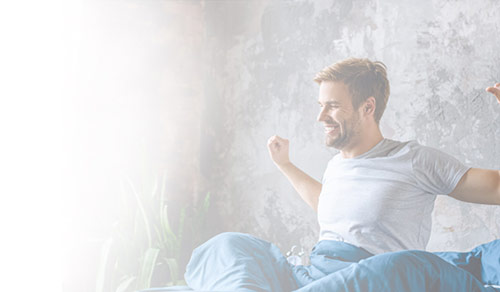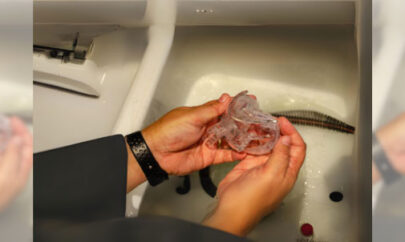
How to Clean ResMed CPAP: A Quick Daily Routine
CPAP is an effective treatment for obstructive sleep apnea. By delivering a continuous stream of pressurized air while you sleep, CPAP keeps your airways free from obstruction. This prevents the breathing pauses caused by obstructive sleep apnea that result in you frequently waking through the night for air.
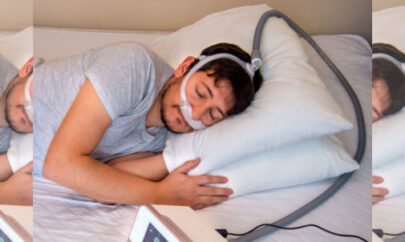
Best Practices for Using an Oxygen Connector for CPAP
A positive airway pressure, or PAP, device is the most commonly used and best method to control obstructive sleep apnea. This sleep condition affects countless millions of people around the world and, if left untreated, can lead to many serious medical issues with the heart and lungs.
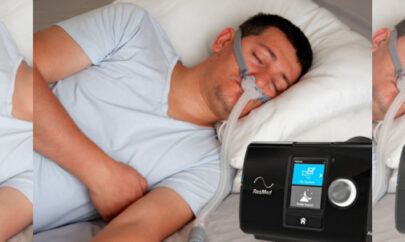
The Best CPAP Cleaner for ResMed Options
ResMed is one of the leading producers of PAP or CPAP (continuous positive airway pressure) machines and related components. The use of PAP therapy will help those dealing with the symptoms of obstructive sleep apnea.
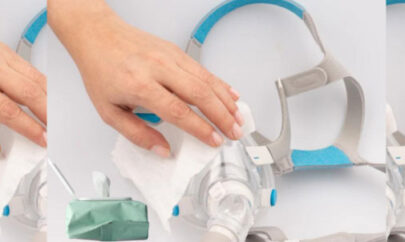
Finding the Best CPAP Wipes for Your Needs
Obstructive sleep apnea is a chronic condition affecting millions of individuals around the world. The good news is that the use of a CPAP (continuous positive airway pressure) device has been proven to alleviate many of the associated symptoms so that sufferers can finally obtain a sound night of rest.
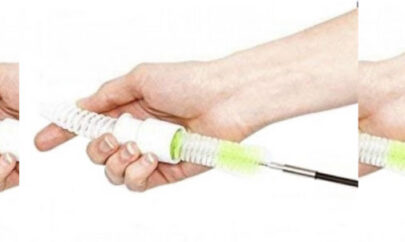
Best CPAP Tube Cleaner Brushes
Left untreated, obstructive sleep apnea increases the risk of serious health issues including heart disease, stroke, and diabetes.

CPAP Machine Problems and Solutions
CPAP is widely viewed as the most effective treatment for obstructive sleep apnea. Continued compliance is crucial in preventing the return of your obstructive sleep apnea symptoms and for reducing the risk of health issues like heart disease and diabetes linked to the condition.

Can CPAP Cause Heart Problems?
Some people may fear that the cure could be part of the problem, yet studies report no evidence this treatment causes or worsens cardiovascular conditions.
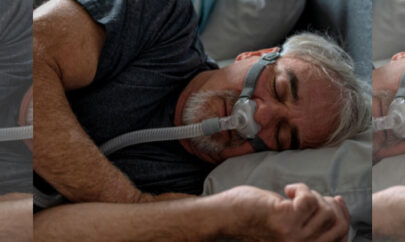
CPAP for Pulmonary Edema
Continuous Positive Airway Pressure, or CPAP treatment, is recognized as being one of the best forms of treatment for obstructive sleep apnea — but this may not be its only application.
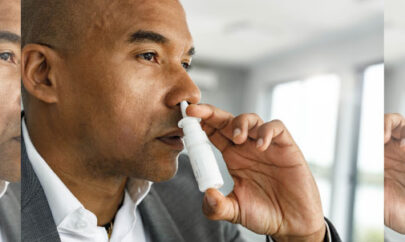
CPAP and Dry Mouth
Many people suffering from obstructive sleep apnea (OSA) rely on positive airway pressure, or PAP, devices to help get a quality night’s sleep. PAP devices vary in size and complexity, but all are designed with one specific goal in mind: to minimize or eliminate the harmful effects of sleep apnea.
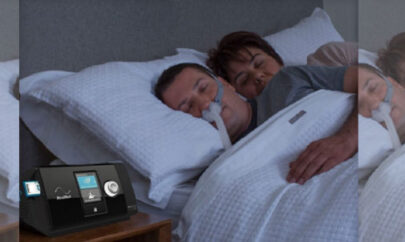
Choosing the Right ResMed CPAP Accessories for Your Needs
Continued compliance with CPAP is key in treating obstructive sleep apnea. Without treatment, sleep apnea increases your risk of serious health conditions including heart disease, high blood pressure, stroke and diabetes.
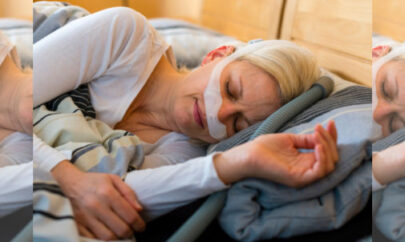
Reducing Air in Stomach from CPAP Use
CPAP stands for continuous positive airway pressure and is a therapy used to treat obstructive sleep apnea. This is the most common form of sleep apnea, a disorder that left untreated increases your risk of health conditions like heart disease, stroke, high blood pressure and diabetes.

Tips for First-Timers Camping with CPAP Devices
All of us enjoy the allure of the great outdoors on occasion. Camping is also one of the best ways to immerse ourselves in nature and take a hiatus from everyday life.
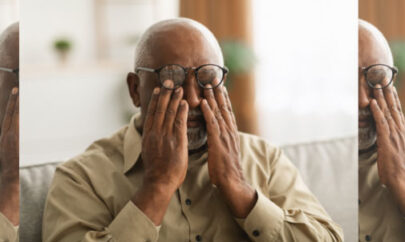
Finding Relief from Dry Eyes Caused by CPAP Devices
One of the most common treatments for obstructive sleep apnea (or OSA) is the use of a CPAP device.
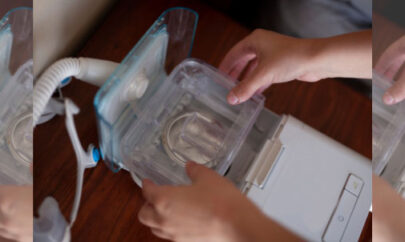
CPAP Mold Concerns: Best Practices for Hygiene and Safety
While there is currently no cure for obstructive sleep apnea (OSA), there are many ways in which you can effectively treat the associated symptoms. The most common involves the use of a CPAP (continuous positive airway pressure) device during sleep.

Why Following a PAP Replacement Schedule Is Crucial for Sleep Therapy
Managing the symptoms of obstructive sleep apnea (OSA) helps reduce the risk of health conditions such as heart disease and stroke linked to the disorder. For those prescribed PAP to treat sleep apnea, maintaining the required equipment and parts is crucial for effective treatment and obtaining the best results.


